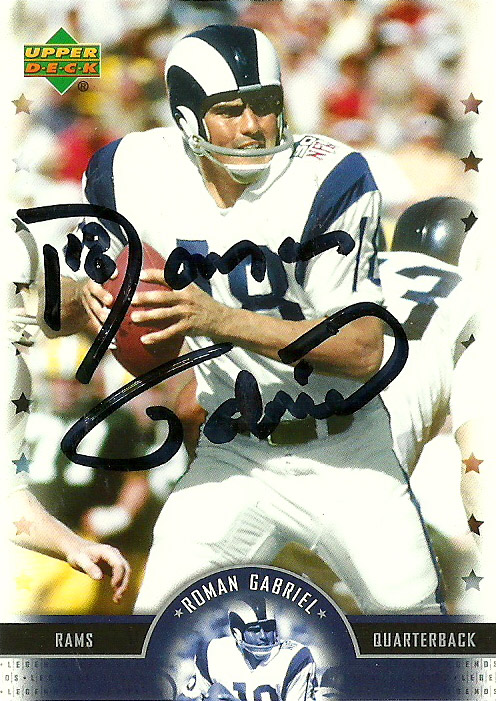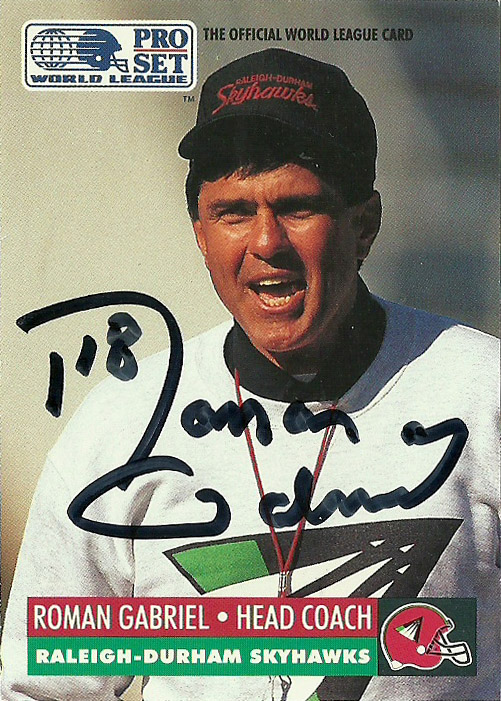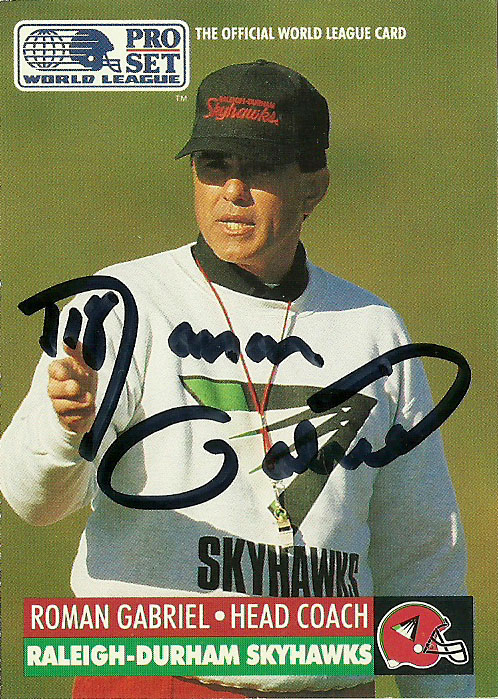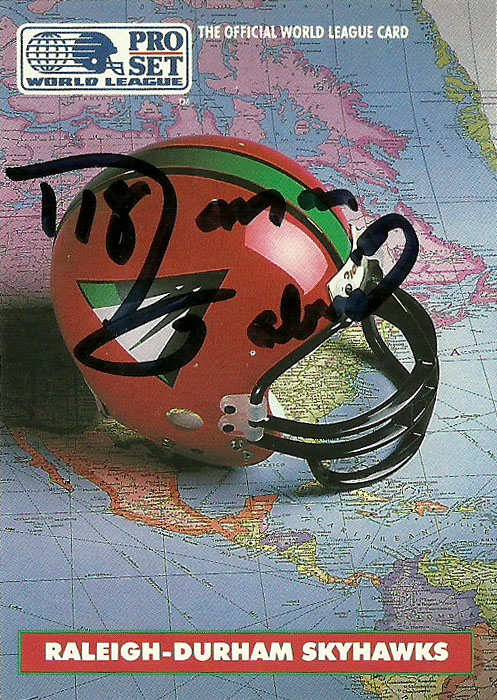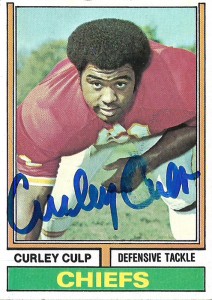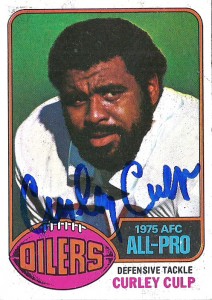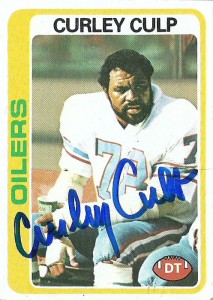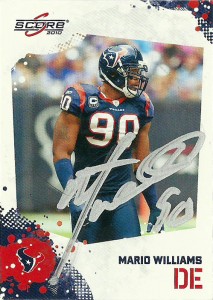 Card: Score 2010
Card: Score 2010
Acquired: In Person 12/6/2011, Whataburger Community Player of the Month
See Also: Williams, “Super” Mario
I visited Houston again earlier this month. With multiple appearances and big names on the same day, I couldn’t pass up the opportunity to meet Williams, and JJ Watt at the same location. Whataburger was again hosting the Community Player of the Month event, and after getting lost on Highway 6 N as opposed to Highway 6 S, I was able to find the correct location. Arriving a bit before 2pm, I saddled up to a group around front and talked to them. As I did the community relations team of the Texans came out and strapped wristbands on us. I was #14, but there was probably close to 100 people there. When the event began, they quickly ran out of wristbands and then gave the next 15 stand by cards, and turned the excess out above that away. There was greater than 250 people there for autographs, and while Mario was accommodating, his introverted and shy nature especially when dealing with the giant crowd came off as dismissive. When he signed my card I asked him what his tattoo was on his hand, to which he bashfully replied that it was a football.
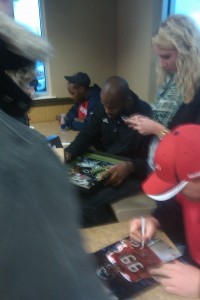 With the Texans drafting of JJ Watt, Mario Williams immediately became the largest outside linebacker in the league. Combining a devastating upfield bull rush with a 2 point stance, Mario was off to a fast start in 2011, much to the dismay of pundits and the media who hoped for his failure. While he was learning the job on the fly, Mario made 5 sacks, 11 tackles, 1 forced fumble and a pass defensed before tearing his pectoral muscle, ending his season after only 5 games. Going into a contract year for 2012, it is thought that the Texans may franchise Williams at OLB, effectively dropping his salary from its high perch among defensive ends, or allow him to test the free agent waters with the emergence of young LB Brooks Reed.
With the Texans drafting of JJ Watt, Mario Williams immediately became the largest outside linebacker in the league. Combining a devastating upfield bull rush with a 2 point stance, Mario was off to a fast start in 2011, much to the dismay of pundits and the media who hoped for his failure. While he was learning the job on the fly, Mario made 5 sacks, 11 tackles, 1 forced fumble and a pass defensed before tearing his pectoral muscle, ending his season after only 5 games. Going into a contract year for 2012, it is thought that the Texans may franchise Williams at OLB, effectively dropping his salary from its high perch among defensive ends, or allow him to test the free agent waters with the emergence of young LB Brooks Reed.
UPDATE: 8/27/12 As theorized the Texans did indeed allow Williams to test the free agent waters where he signed with the Buffalo Bills and a $100 million dollar contract.
